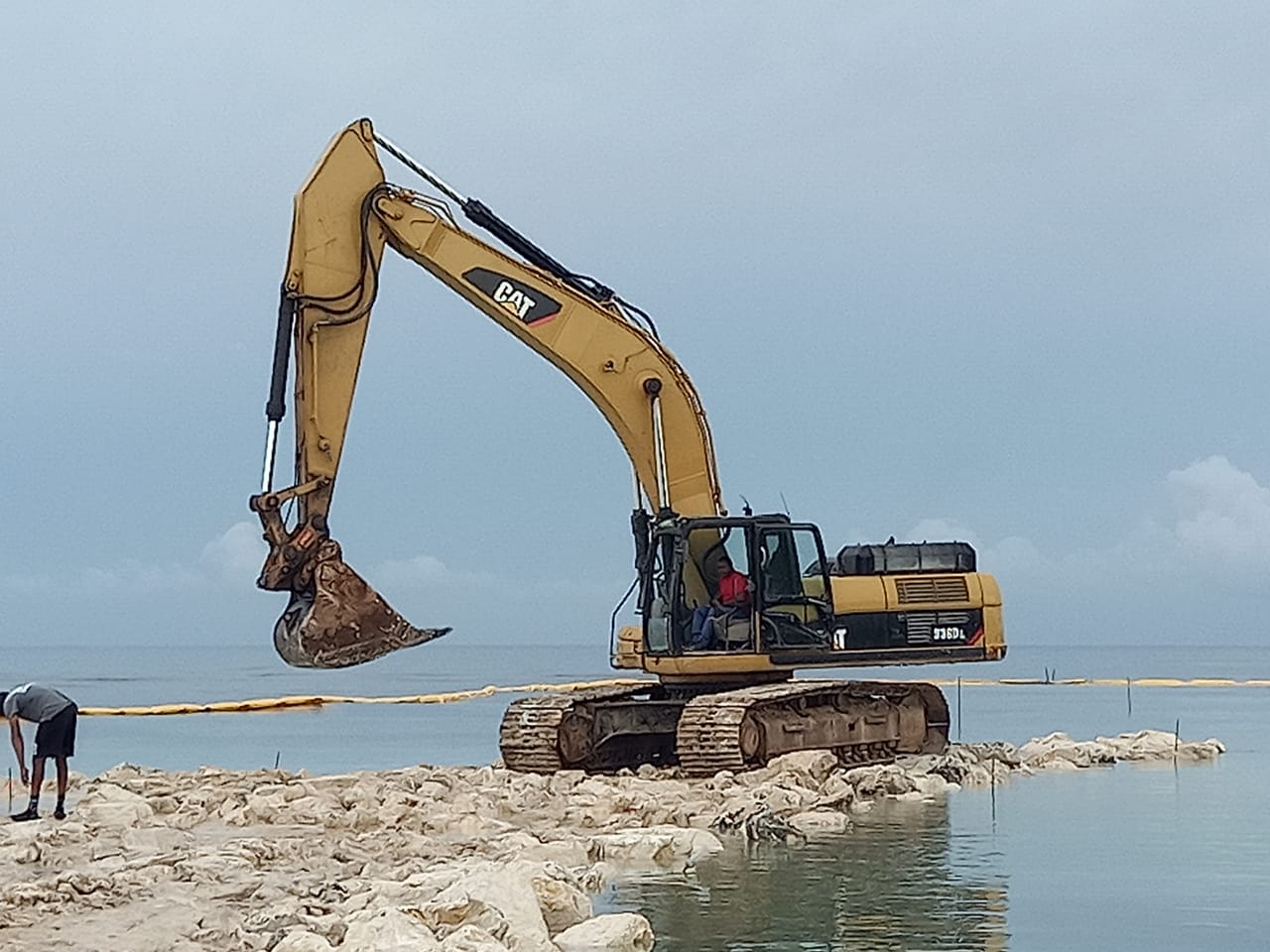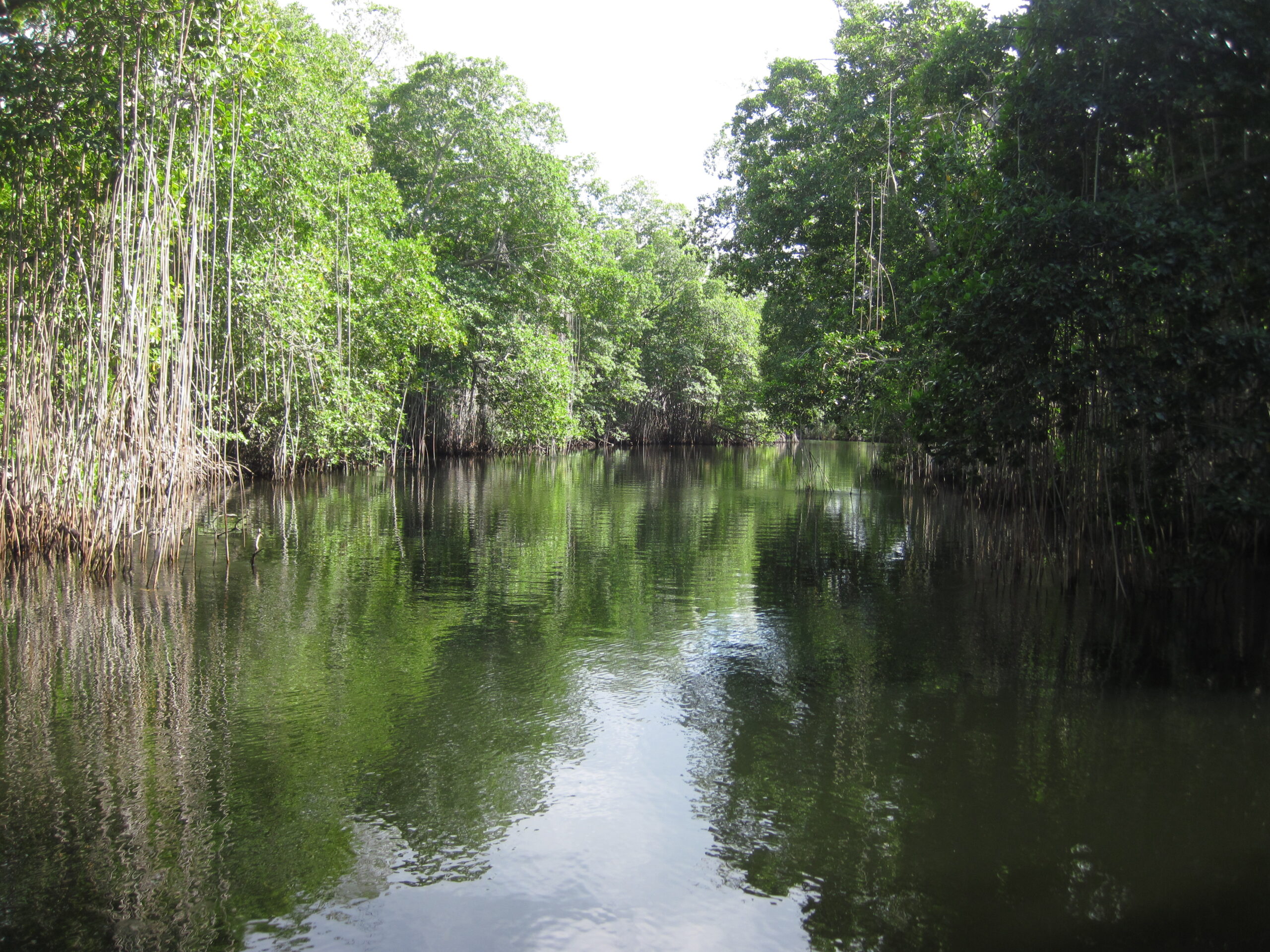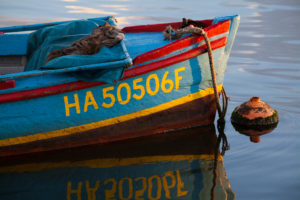
Speculation is that these invaders arrive by boat as stowaways and then multiply and move from island to island around the Caribbean. The invasive Cuban Tree Frog, a large climbing amphibian native to Cuba, The Bahamas and the Cayman Islands has found its way to Jamaica and elsewhere in the Caribbean.
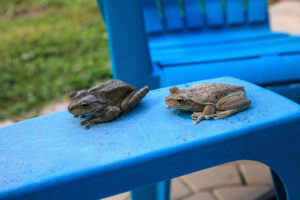
Dr. Steve Johnson of the University of Florida worries that the frogs have been negatively impacting biodiversity. “They invade people’s homes…their calls can be annoying and loud,” he says. But most importantly, “We’re really concerned about the impact on native species.” These large frogs – some big enough to fill an entire adult human’s palm – are predators. They eat other frogs, small snakes, lizards, and even small birds. Damion Laren Whyte, of Jamaica’s Invasive Alien Species Working Group elaborates, “This frog is opportunistic. So if it goes into a small nest and sees a small hatchling or a small egg, it will eat it.”
To explain the impact on biodiversity Mr. Whyte gives the example of a bromeliad that has small amounts of water inside and mosquitoes and larvae living in that water. Native tree frogs, part of the ecosystem, might keep the mosquitoes in check. But if the Cuban Tree Frog eats the native frogs, the mosquitoes could survive unchecked, which creates a bigger problem. “When you lose something out of the ecosystem, it has ripple effects,” he warns.
Why would this matter to coastal engineers? Because Cuban Tree Frogs often interfere with drainage by lodging themselves into pipes and drains. Smith Warner International Ecohydrologist Allison Pearce explains, “They are a particular nuisance because they are often found in drainage pipes, causing a headache for establishments and private homes alike.” If the frogs nest in and block drains, mosquitoes can breed there. Since engineering is about problem-solving, she adds, “We may need to design drainage systems with screens to keep them out.”
Damany Calder of the National Environmental Protection Agency (NEPA) of Jamaica continues, “They lay their eggs in temporary ponds, drains, drums, tanks, anything with sitting water.” Mr. Calder suggests sealing areas that are holding water as well as trying to accelerate drainage of temporary ponds after a large rainfall.
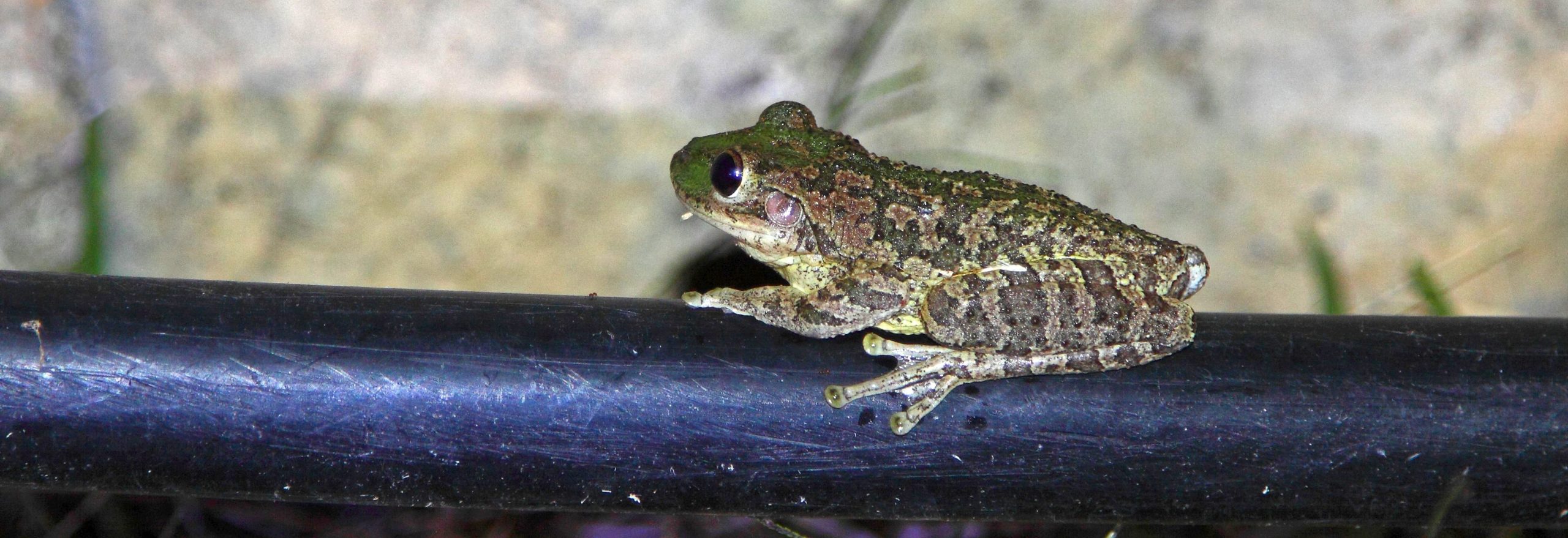
A big question is whether climate change is helping the Cuban Tree Frog multiply. While research is yet to confirm this, scientists point to the possible chain of events: Longer rain periods lead to longer breeding seasons. Also, if temperatures rise or rainfall is scarce, the frogs could breed in a shorter period of time, thus multiplying even more. Warming temperatures also allow them to expand the geographic area where they can survive further north.
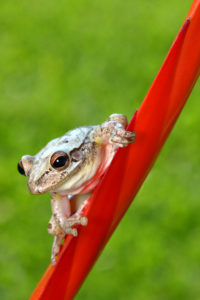 What distinguishes a Cuban Tree Frog from other tree frog species? The notable difference between the Cuban Tree Frog and other native tree frogs is that the Cuban Tree Frog has large sticky pads on its feet, and it climbs. It might hide itself inside the fronds of a palm tree during the day and then climb down the tree trunk at night. Most frogs don’t climb trees like that.
What distinguishes a Cuban Tree Frog from other tree frog species? The notable difference between the Cuban Tree Frog and other native tree frogs is that the Cuban Tree Frog has large sticky pads on its feet, and it climbs. It might hide itself inside the fronds of a palm tree during the day and then climb down the tree trunk at night. Most frogs don’t climb trees like that.
With an invasive species such as the Cuban Tree Frog that preys on native frogs and other species, Mr. Whyte believes, “It is our duty to do all that we can do to protect what we have. Because if they’re (native species) gone, we’ve lost part of our culture… We have this problem and we need the help of every individual here to give us information and see how we can work on this problem as a group, as our society.”
Dr. Johnson, Mr. Whyte, and Mr. Calder all encourage euthanising Cuban Tree Frogs as humanely as possible, ideally using benzocaine or freezing the frogs. Information is available on the University of Florida’s website here. Anyone interested in learning more can watch NEPA Jamaica’s hour-long program here.
